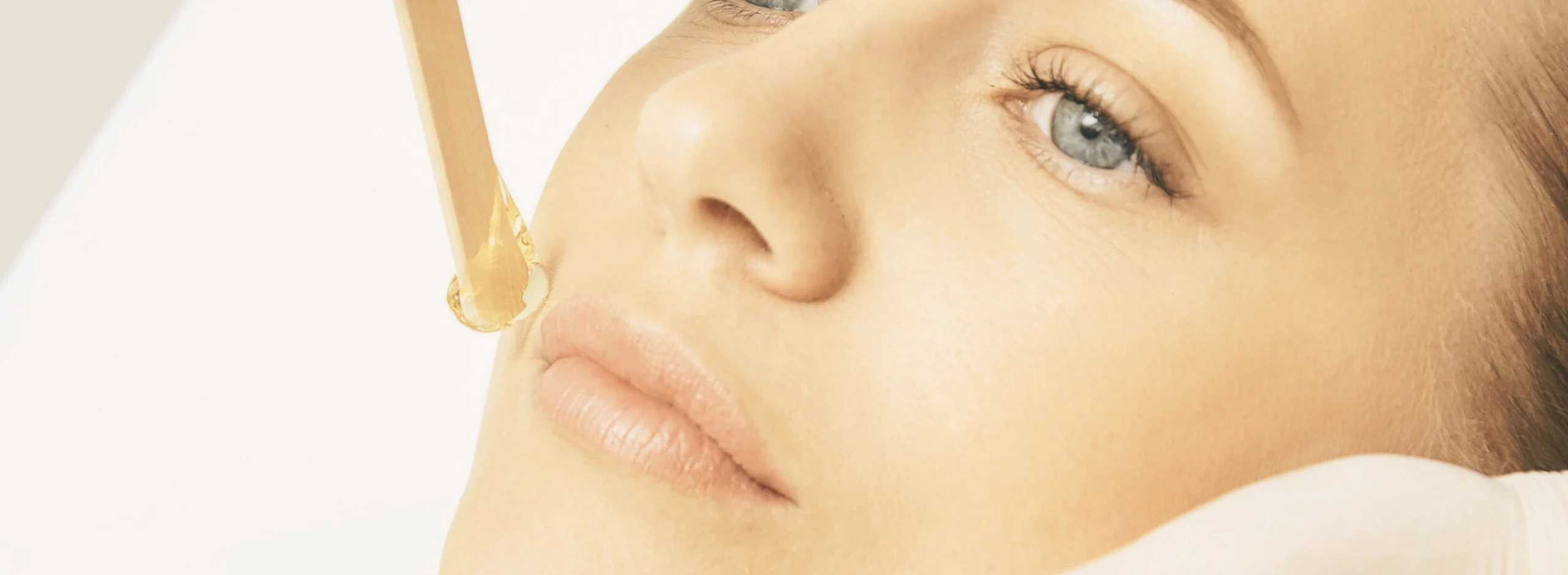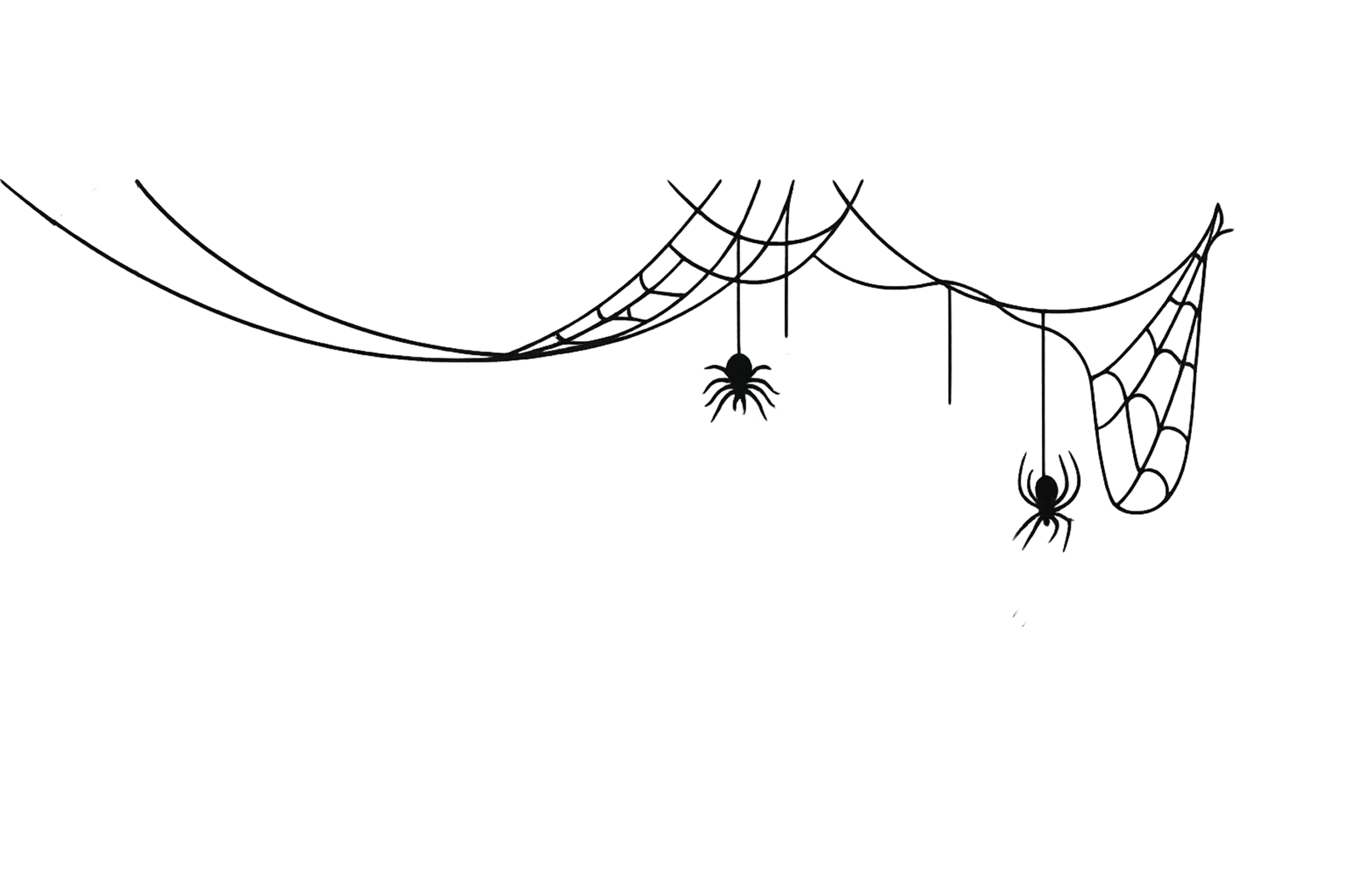FREE SHIPPING on orders over $400!
FREE SHIPPING on orders over $400!
FREE SHIPPING on orders over $400!
FREE SHIPPING on orders over $400!

Upper lip hair removal is one of the most requested facial waxing services in professional salons. For estheticians, mastering this delicate area not only ensures client satisfaction but also enhances trust and loyalty. With the right approach, products, and technique, upper lip waxing can become a cornerstone service in your treatment offerings — delivering both precision and comfort.
This guide covers every essential aspect of waxing upper lip hair, helping professionals provide a seamless and safe experience for their clients.
Upper lip waxing is a method of hair removal where warm wax is applied to the area above the upper lip to extract even the tiniest facial hairs directly from the root. Once the wax sets, it’s pulled away quickly to remove the hair, leaving the skin smooth and hair-free for weeks. Unlike shaving or trimming, waxing offers longer-lasting results and a cleaner finish, especially ideal for clients with darker or coarse hair.
Professional-grade wax, such as the hard wax for face, is specially formulated for sensitive facial areas, ensuring minimal discomfort and reduced risk of irritation.
Before performing waxing for upper lip hair removal, it’s essential to assess the client’s skin condition. Ensure there’s no active acne, sunburn, or recent exfoliation treatments. Clients using retinoids or undergoing dermaplaning should be advised to wait at least 5–7 days, as their skin may be more prone to tearing.
Also, ensure hair is at least ¼ inch long for the wax to grip effectively. Clean skin thoroughly and dry the area completely to ensure proper wax adherence. Consider performing a patch test for first-time clients or those with sensitive skin.
For best results, always work with professional-grade tools:
We recommend using wooden sticks for waxing to ensure precise wax application on small areas like the upper lip.

For the sensitive area above the lip, hard wax is preferred over strip wax due to its gentle grip on both hair and skin. Hard wax works at a lower temperature and doesn’t require a cloth strip — making it ideal for small, delicate areas.
Choose a wax that contains skin-calming ingredients like azulene to reduce potential redness and discomfort.
Precision is key here — avoid overlapping layers and avoid reusing the same spatula without sanitizing.
Using the correct removal technique not only reduces pain but also prevents bruising and skin trauma. Swift, confident motions and taut skin support are key to a clean and efficient wax pull. Proper handling at this stage is what distinguishes professional service from an amateur experience.
Post-wax care is critical. Apply a soothing gel to reduce inflammation and prevent breakouts. Recommend your clients to avoid touching the area, applying makeup, or exposing skin to sun and heat for at least 24 hours. They should also avoid active skincare ingredients (AHAs, BHAs, retinol) for 48 hours post-treatment.
Consider suggesting fragrance-free moisturizers and mineral sunscreen to protect the freshly waxed area.
If you’re looking for a full professional setup that includes all essential components for facial waxing, the wax kit with warmer is a great all-in-one solution.
For professionals offering waxing for upper lip hair removal, understanding both the advantages and limitations of this method is essential for managing client expectations. Each client has different skin sensitivities and hair types, so your recommendations should be tailored to their individual needs. Here we break down the key benefits and potential drawbacks of waxing to help you guide your clients with confidence.
There are several compelling reasons why clients — and estheticians — prefer waxing for facial hair removal. When performed properly, it delivers results that are both efficient and esthetically pleasing.
These benefits make upper lip waxing a preferred option for clients looking for convenience and longer hair-free intervals. It’s particularly ideal for those with fast-growing or darker facial hair.
Despite its popularity, waxing isn’t without its downsides. Being transparent with clients about the potential discomfort or risks allows you to set realistic expectations and reduce service-related anxiety.
While these disadvantages of waxing the upper lip are usually manageable, they can still be a deciding factor for clients with sensitive skin or low pain tolerance. That’s why using the right wax formula and technique is crucial for minimizing these issues and delivering a comfortable experience.
While waxing upper lip hair is generally safe when done by professionals, it’s important to recognize and address potential side effects that may arise post-treatment. Understanding these reactions helps in preventing discomfort and reassuring your clients that they’re in expert hands. Most side effects are mild and temporary, but timely intervention is essential to maintain healthy skin and avoid complications.
Common reactions to upper lip waxing include:
These side effects are typically short-lived and resolve within a day or two when handled properly. Educating clients on what to expect — and how to treat these symptoms — ensures transparency and builds trust in your service quality. With the right technique, professional products, and clear aftercare instructions, such issues can be minimized or avoided altogether.
The threading vs waxing upper lip debate is ongoing among professionals. While threading offers precision and doesn’t require heat, it can be more time-consuming and painful for some clients. Waxing, on the other hand, removes hair swiftly and exfoliates the skin simultaneously.
When precision is key, hard wax formulas are specially designed for such sensitive areas, offering an efficient, skin-friendly alternative to threading.
Consistent waxing over time often results in:
However, excessive waxing or improper technique may lead to skin sensitivity or pigmentation changes — making aftercare and correct application techniques essential for mitigating long-term effects of upper lip waxing.
Delivering exceptional upper lip waxing services requires technical skill, product knowledge, and a commitment to hygiene and aftercare. When you use professional tools and techniques — backed by products like Italwax’s hard waxes and warming kits — you not only provide a better client experience, but also build a loyal clientele that trusts your expertise.





